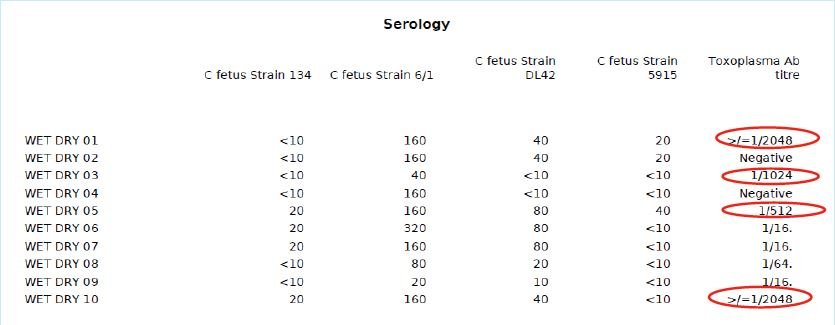Investigating Wet-Dry Rates and Protecting the Asset
/“ 400 bloody wet-dry ewes at tailing…I’m not doing that again.”
Over the last couple of months I have done a number of investigations into higher than normal wet-dry rates in ewes at tailing.
With hill ewes it can be hard to determine when these scanned in-lamb ewes are losing their lambs. The main areas are:
Disease that causes abortion (toxo, campy, hairy shakers). This includes early embryonic losses through to weak live lambs.
Iodine, cobalt and selenium deficiency.
Poor body condition and lack of adequate feeding of multiples in late pregnancy.
Storms after pre-lamb shearing.
Mob size and stocking density of twins too high.
Lack of shelter/starvation.
Genetics of both ewe and lamb.
Speed of delivery, lamb birth weight and lamb fat reserves are all important for getting up to get the first drink. It is interesting that “lamb smarts” are reasonably heritable also. Triplets are of course up against it on many fronts with respect to the survival stakes.
Blood testing of wet-dry ewes can assist with investigations. Below is an example of results from unvaccinated ewes with less lambs at tailing. 40% of w-d ewes have had recent infection with toxoplasma. Infection with campylobacter was evident also, with 70% showing recent exposure and shedding of the bacteria. Toxoplasma is from cat (especially kitten) faeces and campylobacter lives in the gut of ewes and shed through faeces.
Protecting your next year lamb crop
The majority of our clients now use Toxovax and Campyvax4 vaccine in first year breeding ewes to prevent abortions. It is very routine now. 100% farms have some level of toxo on the place. 83% of farms have evidence of Campylobacter in ewe flocks.
Toxovax is a single, 1 shot for life vaccine. It helps plug the gaps in ewes that have not had natural exposure. In the early days of toxovax development they demonstrated 7-9% increase in numbers of lambs weaned when flocks did not observe any abortions or perceive a problem.
Campyvax4 requires 2 shots with the minimum recommendation being sensitizer and booster shots to first year breeding ewes. Longer term protection occurs if a single campyvax booster is given in the 2nd year. If you gave hoggets a 2 shot course then as 2 tooths they will only require a campyvax booster. Farms with high challenge have seen benefits to boosting all mixed aged ewes annually.












